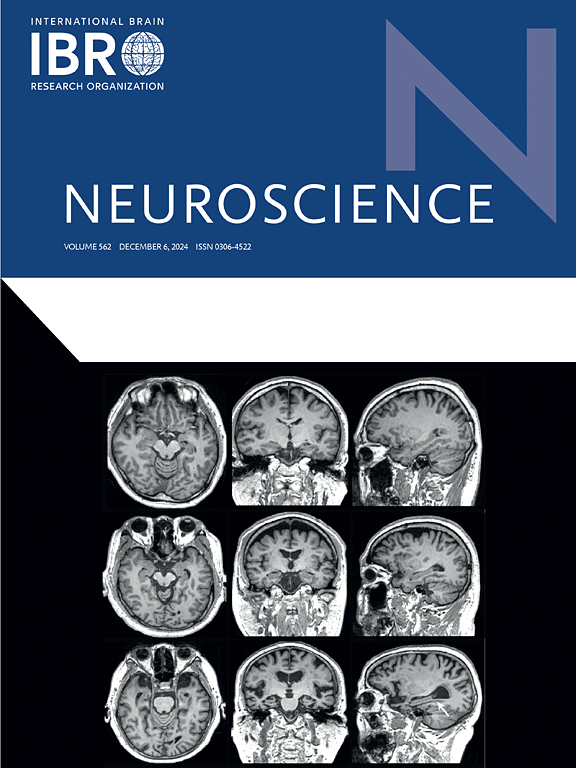Clinical value and role of long non-coding RNA PSMB8-AS1 in the progress of ischemic stroke in patients with hypertension
IF 2.9
3区 医学
Q2 NEUROSCIENCES
引用次数: 0
Abstract
Hypertension is a common risk factors for ischemic stroke (IS), with the widely involvement of long non-coding RNAs (lncRNAs). The expression pattern and clinical significance of lncRNA PSMB8-AS1 was examined in essential hypertension (EH) patients with or without IS, as well as its role and mechanism in IS-induced neuron cell injury. Serum PSMB8-AS1 levels in 260 EH cases without IS and 280 participants with IS were detected via reverse transcription − quantitative polymerase chain reaction (RT-qPCR). The outcome during 12-month follow-up period was recorded. Receiver operating characteristic (ROC) curve and Kaplan − Meier (K-M) plot were drawn to evaluate diagnostic and prognostic values. HT22 cells were exposed to oxygen–glucose deprivation/reoxygenation (OGD/R) condition for cell function experiments. The cell viability, apoptosis, and inflammatory response were detected. Elevated expression of PSMB8-AS1 can differentiate IS from EH patients, and was independently related to the poor functional prognosis. Patients with high PSMB8-AS1 expression were likely to relapse during the 12-month follow-up period. In vitro, PSMB8-AS1 knockdown attenuated OGD/R-induced neuron cell apoptosis and inflammatory response, which was returned by microRNA-22-3p downregulation. PI3K-Akt signaling was of significance during the progress based on the Kyoto Encyclopedia of Genes and Genomes (KEGG) analysis. PSMB8-AS1 acts as a novel biomarker for the diagnosis of IS in EH patients. Elevated PSMB8-AS1 is associated with worse neurological outcomes and higher recurrence rates of IS patients. LncRNA PSMB8-AS1 knockdown might have a promising role in attenuating OGD/R-induced neuron cell injury, that might be related to miR-22-3p.

求助全文
约1分钟内获得全文
求助全文
来源期刊

Neuroscience
医学-神经科学
CiteScore
6.20
自引率
0.00%
发文量
394
审稿时长
52 days
期刊介绍:
Neuroscience publishes papers describing the results of original research on any aspect of the scientific study of the nervous system. Any paper, however short, will be considered for publication provided that it reports significant, new and carefully confirmed findings with full experimental details.
 求助内容:
求助内容: 应助结果提醒方式:
应助结果提醒方式:


